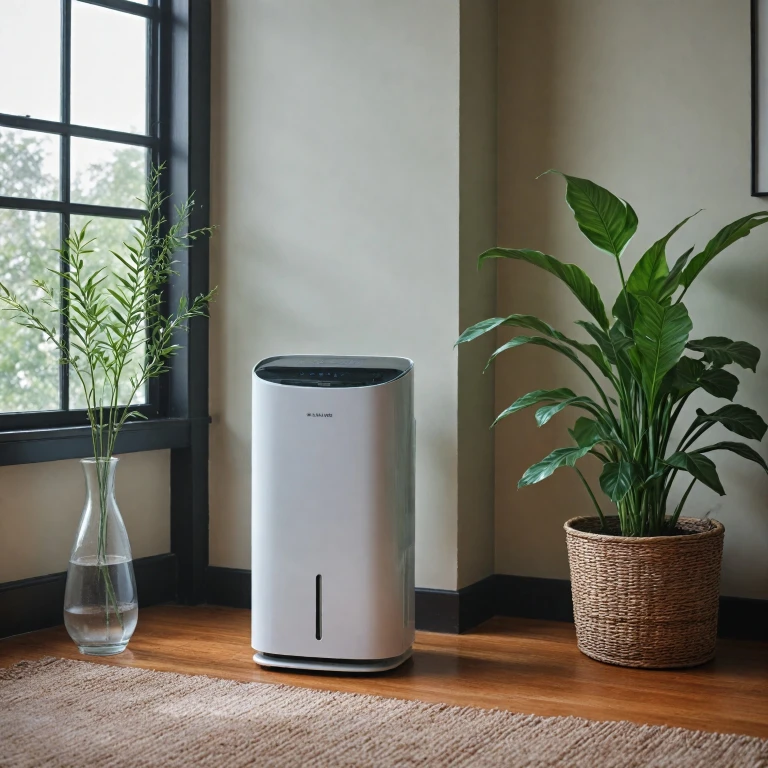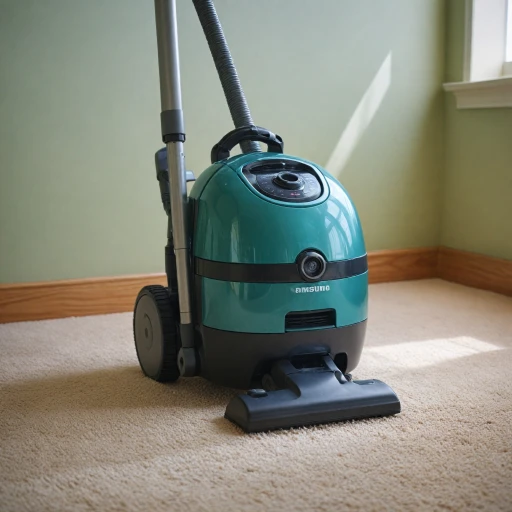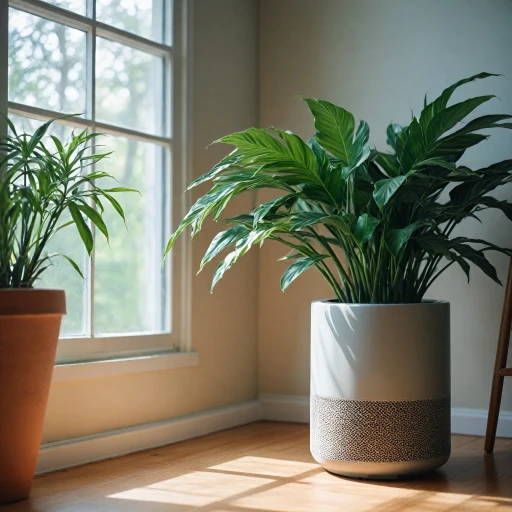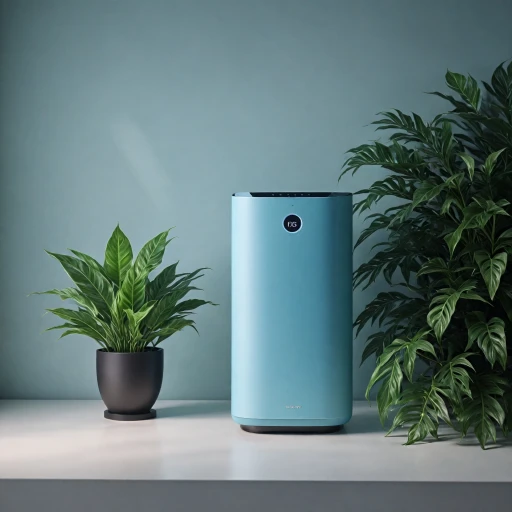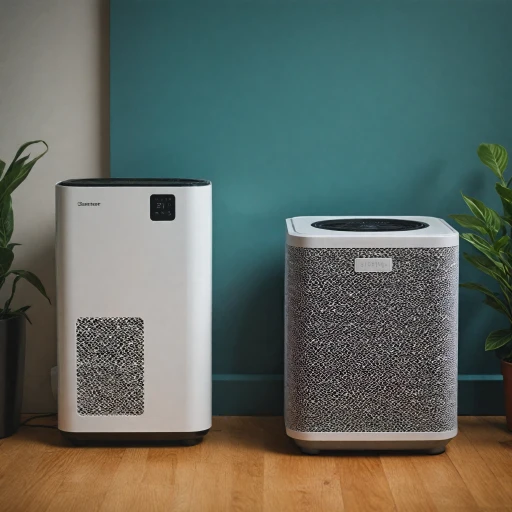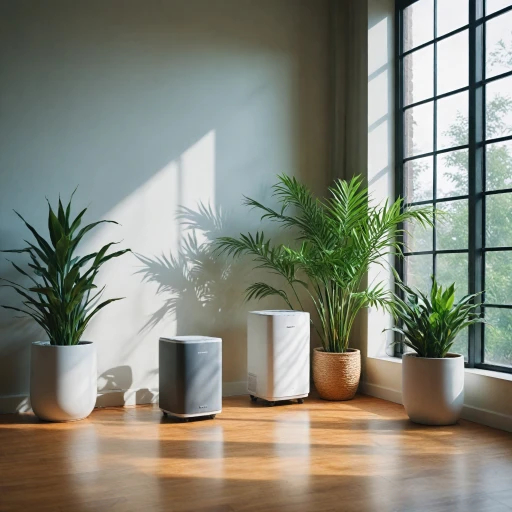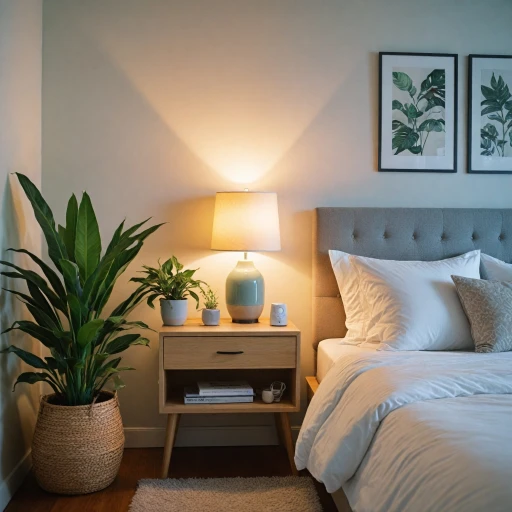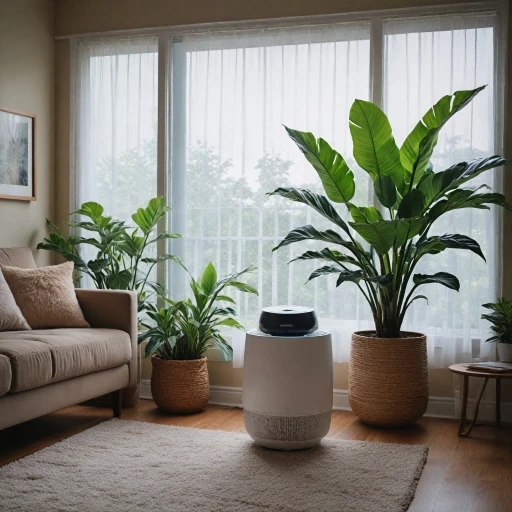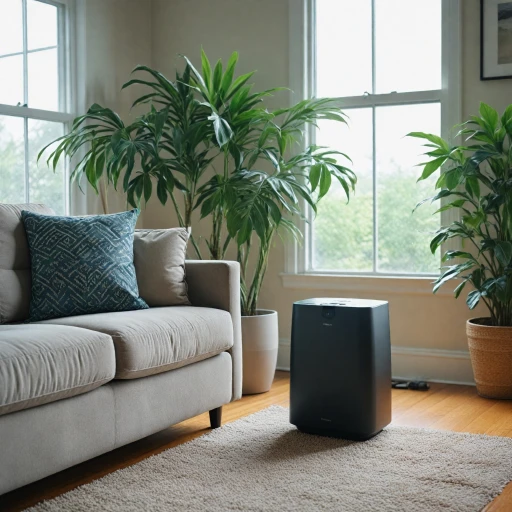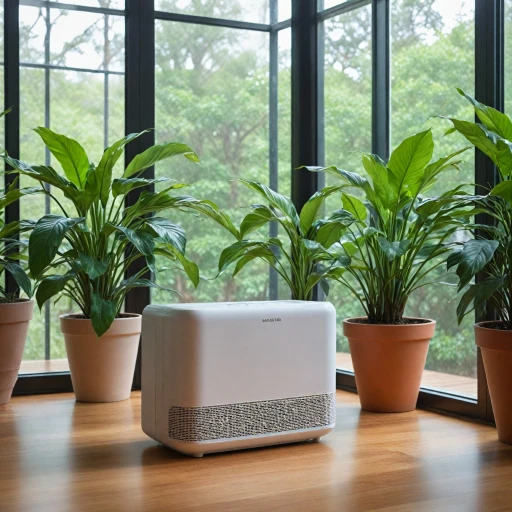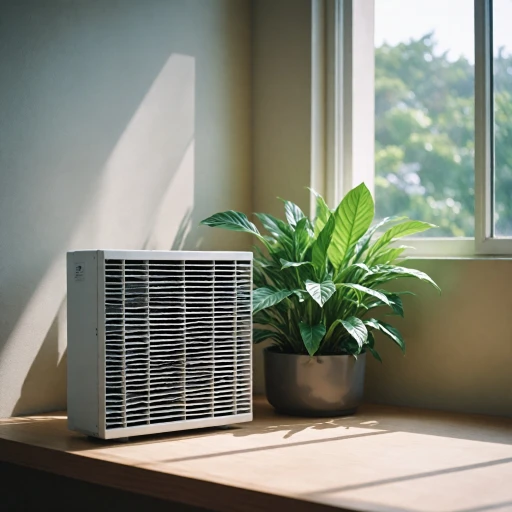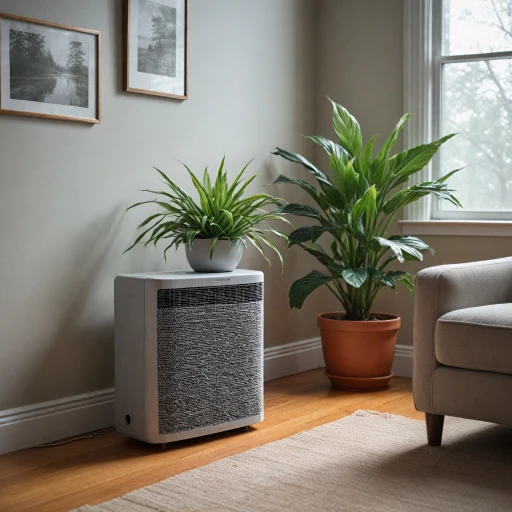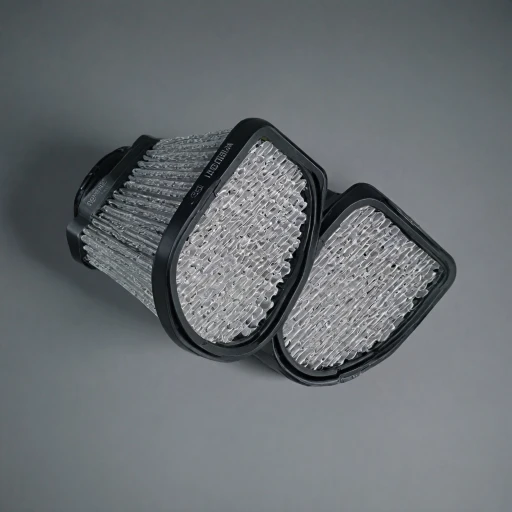
Functionality and Purpose
Different Tasks for Different Needs
When it comes to maintaining a healthy indoor environment, both air purifiers and dehumidifiers emerge as crucial tools, yet they differ significantly in their functions and purposes. Understanding these differences is key to selecting the right appliance for your home. Air purifiers are designed specifically to improve air quality by removing particles such as dust, pet dander, and allergens from the air. They achieve this through a series of filters, often including HEPA and activated carbon filters, that capture these particles and prevent them from circulating within your living spaces. On the other hand, dehumidifiers focus on controlling moisture levels by extracting excess water from the air. This is essential for combating high humidity, which can lead to mold growth and other health issues. Both devices aim to enhance the quality of life by addressing indoor environmental concerns, but they do so through distinct mechanisms. While an air purifier works to provide clean air, a dehumidifier helps maintain an optimal humidity level, reducing conditions that foster mold and dust mites. For more insights into finding the right air filter for specific needs such as mold issues, you can explore the right air filter to combat mold. These resources can help you make a well-informed decision suitable for your home and health requirements.How Air Purifiers Work
Operation of Air Purifiers
Air purifiers play a crucial role in enhancing indoor air quality by targeting and removing various particles from the air in your home. These devices are particularly beneficial for individuals dealing with allergies or asthma. The process through which air purifiers work can be broken down into several key steps:- Filtration System: Most air purifiers utilize a multi-layered filtration system, including pre-filters, HEPA filters, and activated carbon filters. The pre-filters are used to trap larger particles such as dust and pet dander. HEPA filters then capture smaller particulates like pollen and certain dust mites, ensuring clean air circulates back into the room.
- Removal of Pollutants: In addition to physical filters, some air purifiers are equipped to neutralize airborne pollutants such as VOCs (volatile organic compounds) and smoke. The activated carbon filters play a significant role in absorbing these unwanted substances, contributing to better air quality and odor reduction.
- Technology Varieties: Modern air purifiers may include additional technologies like UV light or ionizers to further aid in the removal of bacteria, germs, or to target specific problems like mold or mildew. However, their effectiveness and safety can vary, so it's crucial to choose the right device for your particular needs.
How Dehumidifiers Work
Understanding the Operation of Dehumidifiers
Dehumidifiers play a crucial role in maintaining a healthy indoor atmosphere by reducing excess moisture present in the air. An overabundance of moisture can lead to issues like mold growth, mold mildew, and attract dust mites, which could be detrimental to health, particularly for individuals with allergies asthma. Removing excess humidity levels can not only enhance air quality but also protect your home and belongings from damage. Here's a simplified breakdown of how dehumidifiers function:- Moisture Extraction: Dehumidifiers draw in the damp air, typically through a fan. As the air passes over cooling coils, the moisture condenses into water droplets.
- Water Collection: This collected water either drains into a water tank or is channeled directly out of your room, depending on the model.
- Humidity Control: Many modern dehumidifiers are equipped with humidity settings that allow users to maintain the desired humidity level, ensuring an optimal balance within your indoor space.
Benefits of Using Air Purifiers
Elevating Indoor Air Quality: The Advantages of Using Air Purifiers
Enhancing indoor air quality is essential for creating a healthy living environment, and air purifiers play a critical role in this pursuit. Utilizing advanced filters, such as HEPA and activated carbon, these devices remove particles and pollutants that are often invisible to the naked eye.
- Particle Removal: Air purifiers effectively capture dust, pet dander, and other allergens, which is particularly beneficial for individuals suffering from allergies or asthma.
- Eliminating Odors: With the help of activated carbon filters, air purifiers can remove unpleasant odors from the air, ensuring a fresh and clean ambiance in your home.
- Reducing Indoor Air Pollutants: Beyond visible particles, air purifiers tackle other harmful pollutants, such as volatile organic compounds, improving overall health and well-being.
- Preventing Mold and Mildew: While dehumidifiers are well-known for controlling high humidity levels that encourage mold growth, air purifiers assist by removing mold spores from the air.
By investing in a quality air purifier, you're not just clearing the air of particles but also gaining a multitude of health benefits. This is particularly crucial for those living in areas with high humidity and pollution, where the quality of indoor air can significantly impact daily life. When selecting an air purifier, it's important to consider the specific needs of your household to ensure you're getting the most effective solution for your environment.
Benefits of Using Dehumidifiers
Advantages of Deploying Dehumidifiers
Utilizing dehumidifiers in your living spaces can bring about several benefits, particularly if you're dealing with excess moisture or are situated in a high humidity region. Here's a closer look at how these devices can improve your indoor air quality and overall health.- Moisture Control: Dehumidifiers excel at extracting moisture from the air, effectively reducing humidity levels in your room. This can be especially advantageous in preventing the growth of mold and mildew that thrive in moist environments.
- Preventing Mold Growth: By maintaining lower humidity, dehumidifiers help inhibit mold mildew and mold growth. This is crucial for avoiding potential health risks associated with mold exposure, such as respiratory issues and allergies asthma.
- Improving Air Quality: With moisture air diminished, dehumidifiers contribute to maintaining a balance that supports better indoor air quality. Clean air can enhance comfort, making the environment more conducive for individuals with sensitive lungs or allergies.
- Dust Mites Reduction: High humidity levels create ideal conditions for dust mites to flourish. Removing excess moisture aids in minimizing dust mites, which can alleviate symptoms for those with allergies.
Choosing the Right Device for Your Needs
Finding the Perfect Match for Your Environment
Considering the numerous functionalities and purposes of air purifiers and dehumidifiers, selecting the right device can significantly enhance indoor air quality and overall health. Understanding how both machines work can help you make an informed decision based on your specific needs.- Assess Your Environmental Conditions: Identify whether your primary concern is dust, pet dander, and airborne particles, or excess moisture which can lead to mold and mildew. Those who suffer from allergies or asthma may benefit more from an air purifier, especially one with filters designed to trap fine particles.
- Analyze Humidity Levels: Evaluate the humidity level in your home. A room with high humidity might require a dehumidifier to help control excess moisture and prevent mold growth.
- Evaluate Room Size: Both purifiers and dehumidifiers vary in capacity. It is essential to choose a device that can effectively serve the size of your room. Make sure the chosen device will efficiently cover your intended space.
- Consider Health Benefits: If the focus is on creating clean air, especially in environments with allergies or pet-related particles, an air purifier with activated carbon filters or HEPA filters might be the right choice.
- Review the Maintenance Requirements: Both devices have ongoing maintenance, such as filter replacements or water tank emptying in dehumidifiers. Consider the ease of performing these tasks.
